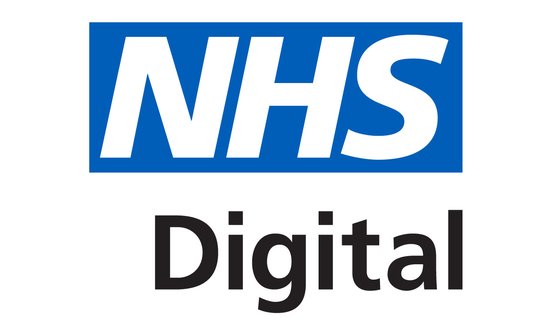Dr Simon Eccles has used his first NHS Digital board meeting as national CCIO to urge the organisation to focus on the delivery of its current agenda and to not get distracted by “new and shiny things”.
Speaking at an NHS Digital board meeting in London on 21 May, Dr Eccles – who officially took up the post as the NHS’s chief clinical information officer on 13 February – said it was important NHS Digital sees through the programmes it has set out to deliver and doesn’t get sidelined by new fads.
He added that the lure of new innovations threatened to divert resources away from more critical projects. “NHS Digital is continuously asked to do a lot more for slightly less, cutting the benefits of existing programmes in a way that may be unhelpful,” Dr Eccles said.
“It is our collective challenge to make sure that doesn’t happen to things that are valued by the NHS – to do what we said we’d do and not be too distracted by new and shiny things.
“There are many things that people are tapping me on the shoulder and saying: ‘You really should be paying attention to this.’ Until we have done what we have said we will do, we should not be too distracted.”
Non-executive director Daniel Benton suggested that NHS Digital needed to become more flexible as an organisation so that it was in a better position to roll with the punches in future.
“We need to be in a place where we have the flexibility to deal with things, and need to get into a position where we don’t need to keep reprioritising whenever something changes,” Benton said.
The issue of speed of technology adoption was also raised. Sarah Wilkinson, NHS Digital CEO, said that uptake was the organisation’s biggest challenge. “We have delivered some great tech that just isn’t getting the uptake… It’s absolutely critical in terms of good use of public money.”
Poll: What should be the main priority for NHS IT in 2018?
Dr Eccles took to social media last week to name what he thought should be the top five priorities for NHS IT in 2018. Digital Health News is now asking its readers which of these they think should be the top priority for NHS IT in 2018. Vote in our poll below.


2 March 2018 @ 14:22
What are shiny new things?
Certainly,NOT new and innovative technologies that our suppliers and partners are working on, night and day, and have invested millions of pounds/dollars to ensure “going digital is a core part of our business”
2 March 2018 @ 16:15
“What are shiny new things?
Certainly,NOT new and innovative technologies that our suppliers and partners are working on, night and day, and have invested millions of pounds/dollars to ensure “going digital is a core part of our business””
The point of the article is that the NHS should sort out the original core functionality first [walk], and only then start to move into such further develpoments [run].
It’s not that the type of projects above should be ignored, but rather they should take their place in the priority queue. Get the basic systems up, running and talking to each other first.
Also, the cutting edge stuff has to be evaluated properly to ascertain its cost-effectiveness – tech developers have been known to get carried away with their own ideas…
2 March 2018 @ 08:52
Ok, I disagree with most of the comments here so far. We don’t need to further ‘liberate’/free/share data to manage/cut/plan services in a more generalized/intelligent/economical way. That is not going to reverse years of decline in the NHS.
Look, when from the bottom up, organisations do not even know what data they are processing and sharing. When information officers claim data protection is a barrier, this does not demonstrate the openness and transparency in the use of data that many here want but aren’t prepared to offer.
The NHS needs to catch up. It needs to focus on where it said it would be against where it is and plan accordingly.
Lets stop seeing data modelling as the solution to all the NHS problems please.
2 March 2018 @ 11:37
If you’re going to leave the data in individual silos, so GPs can’t see the hospital records/tests and vv, you might as well write them on paper as it’s quicker to input in the clinical situation! That’s slightly TIC, but surely one of the main benefits of electronic records is the ability to share amongst the various entities providing care for an individual patient. I think both I4H and NPfIT recognised that, and nearly 20 years after the former was launched, we’ve made very poor progress.
26 February 2018 @ 10:42
NHS D should build the standard connectors that suppliers can use to develop and deploy the innovation. Right now, the integration at a national and principle supplier level is a mess. It’s stifling innovation.
1 March 2018 @ 15:16
I agree with Insider.
We need standards, rather than ad hoc cobbling together of disparate systems, Then suppliers can adapt their products to the NHS standard, which will ensure it can connect to any other system thus configured. Needs to be applied retrospectively to existing systems too.
23 February 2018 @ 18:42
Absolutely agree. We need to do work on infrastructure build an open platform to liberate data, end lock in and enable innovation. Only then might the “new and shiny” things deliver the benefits they promise.
Trouble is “new and shiny” provides better photo opportunities and policy makers will be long gone before the sparkle fades.
23 February 2018 @ 15:07
100% EPMA inhospitals